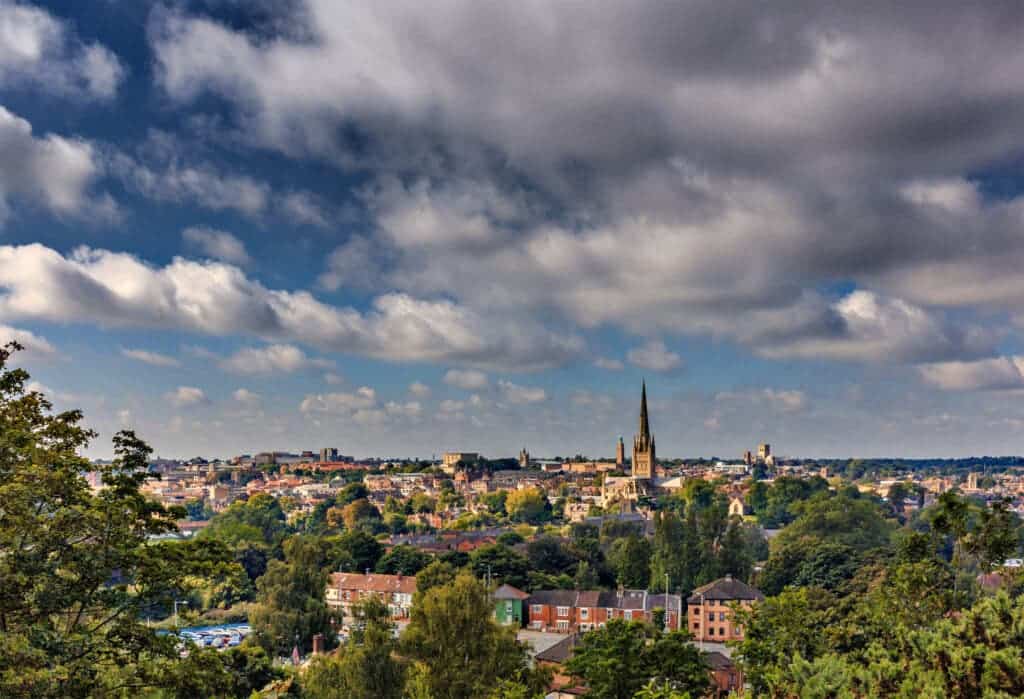When it comes to temperatures, there’s a big gap between tree-rich and tree-less green spaces. Researchers studying data from Europe found that areas with an abundance of trees are two to four times cooler than those without them. With two-third of the population in Europe living in urban areas, it might be about time to plant a few extra trees.

From preventing erosion to filtering the air we breathe, trees provide a large range of environmental services – including regulating urban temperatures. They cool the air through a process known as transpiration cooling and also reduce the amount of sunlight that hits buildings and pavement, lowering the amount of energy absorbed into the air.
But these benefits can be difficult to find in big cities with a lot of concrete instead of green areas filled with trees. This is because concrete and asphalt act as heat magnets, producing the so-called urban heat island effect. Paved surfaces also block plants and trees from breathing properly, increasing the chances of high temperatures in cities.
It’s most common for researchers to study temperature reductions by urban trees for a specific city or small region. But this makes a comparison between regions sometimes difficult, as each study in each city follows a different methodology. With this in mind, a group of researchers decided to explore using the same approach for many cities.
“It would be nice if we knew by how much different heat mitigation measures can reduce temperatures in different cities. If we knew this, decision-makers would be able to select the most appropriate strategy for reducing heat in a specific city. This include increasing the albedo, for example,” study author Jonas Schwaab, told ZME Science.
Studying trees
Schwaab and his colleagues used land surface temperature data derived from satellites and detailed data on land cover in European cities to compare the temperatures on different land-covers, looking at whether this temperature difference was the same in different regions. The assumption was that trees had a high cooling potential in cities.
The findings showed that tree-covered areas in and around cities are cooler than dense built-up areas during the day in all European regions. However, in central Europe, the temperature difference is higher than in Southern Europe. This is because trees in central Europe usually have more water than they can transpire, the authors suspect.
“In southern Europe, overall drier than central Europe, less water is available and there’s less transpiration from trees. However, while the cooling effect of trees in Southern Europe through transpiration may be lower than in central Europe, trees are of course very important in providing shade in dry and wetter regions,” Schwaab said.
While the study could have implications for urban development, the authors warned it has a set of limitations. Schwaab said that the land surface temperature data they used is not ideal for studying the potential reductions in air temperature and that they only focused on the effects of trees on temperature via transpiration rather than on other influences.
The study was published in the journal Nature Communications.


